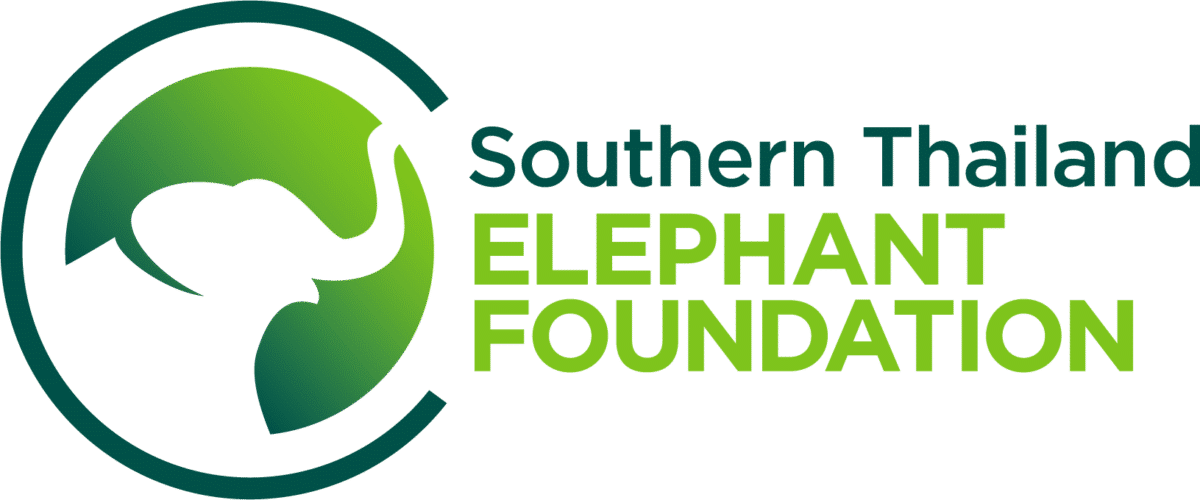
Oil palms have been harvested by humans for over 5,000 years and palm oil has even been found in a tomb in Ancient 

Because the oil palm trees produce fruit continuously throughout the year, with new bunches ripening each month, the fruit is always in season. A very sharp knife is used to cut off the fruit bunches. As the tree grows, it develops a very thick, distinctive scaly trunk, and large spreading crowns.
Nowadays in Thailand most of the oil palms are cultivated on smallholdings that practice sustainable cultivation. The picture is not so rosy in some other countries but at last big companies are coming under a lot of international pressure to ensure their palm oil production is sustainable. In some places, farmers, whose lives depend on the crops, will try to discourage elephants from eating their plantations and in extreme cases may even try to poison them.
Please help us in our education mission. Your donation, however small, is seriously important to us. If you can, please donate here.






